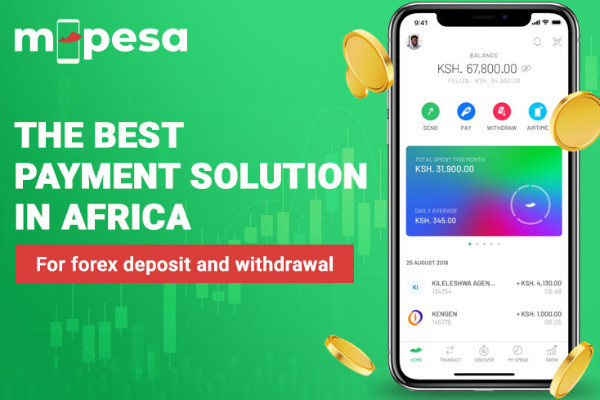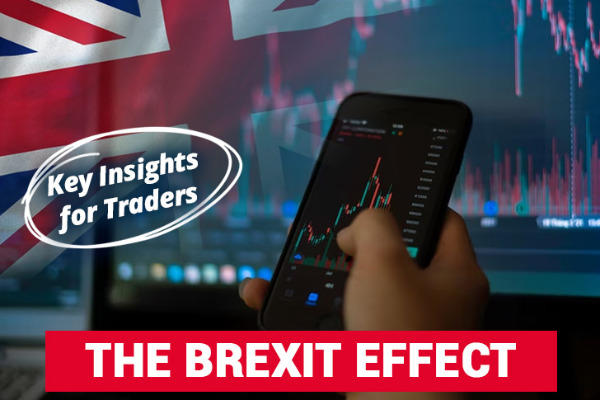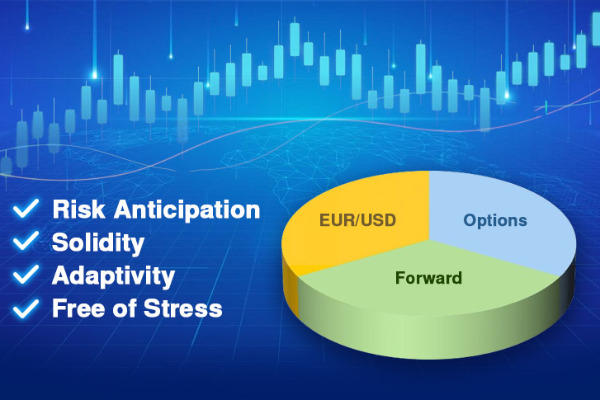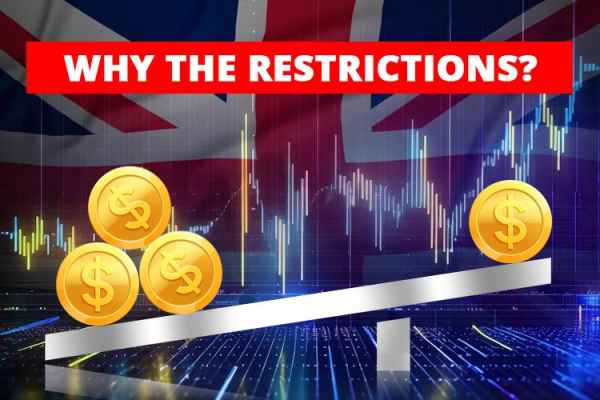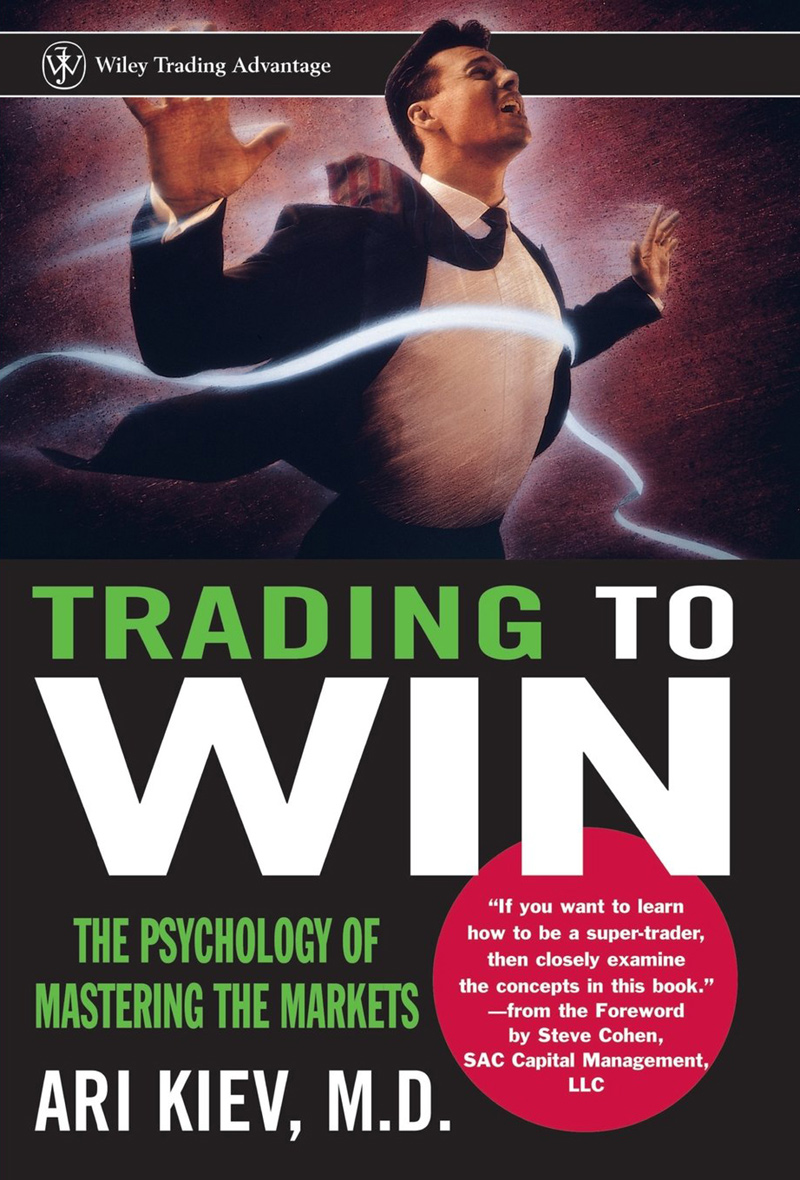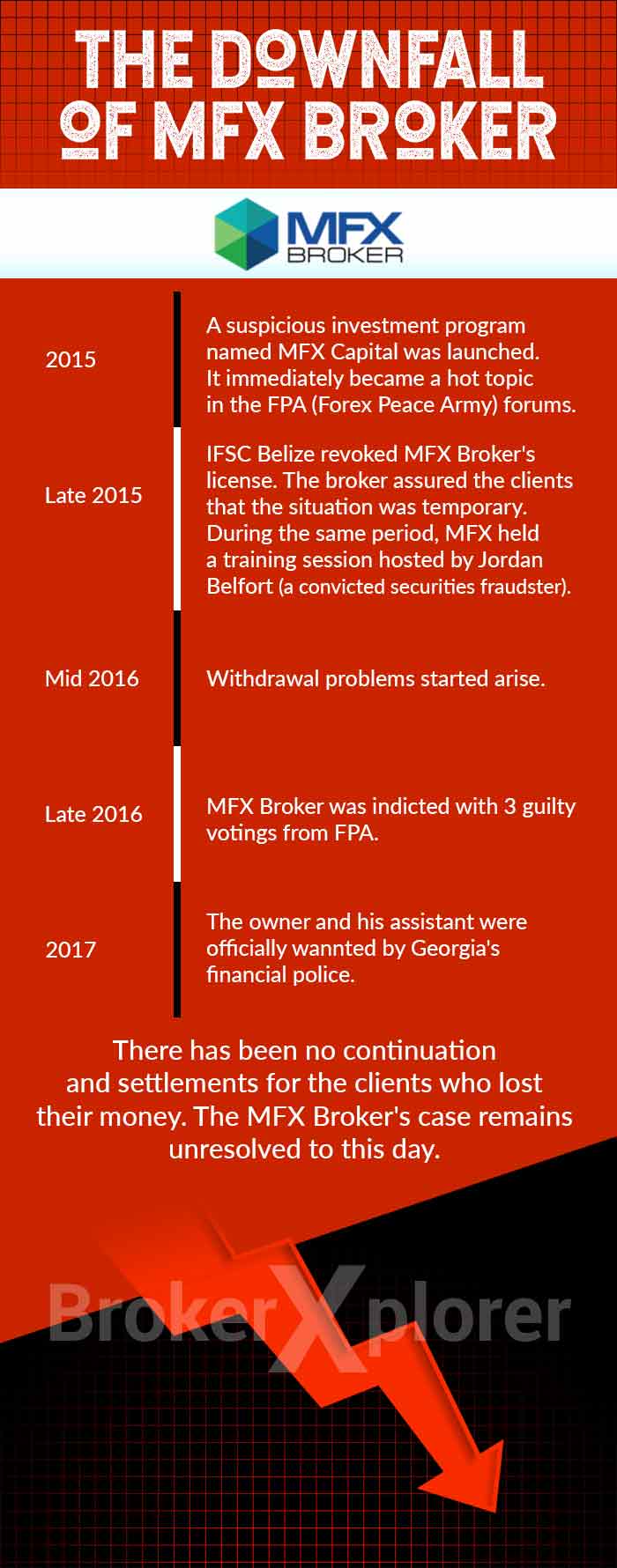In forex trading, compounding profit is a way to increase the initial capital from the profits obtained. How does it apply?
Apart from implementing a solid trading strategy, you, as a trader, must also understand basic money management skills. Combining trading strategies with money management can help you manage profits and losses within your limits.
Money management includes several important points. Some of them are the amount of capital, profit targets, the expected amount of loss, and so on. If applied in the long term and with discipline, money management can help you achieve consistent trading results.
One of the effective money management methods is the compounding profit technique. Compounding profit is a way to increase capital from previously earned profits. If the capital increases, The profit results might also increase.
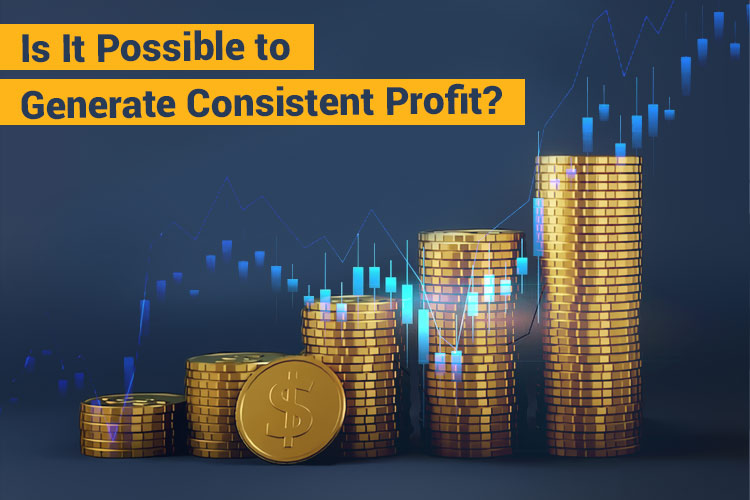
Starting Compounding Profits?
Compounding profit in forex trading means holding part or all of the profit earned (no withdrawal) to become additional capital for the next trade. That way, your trading capital will eventually get bigger.
To make it clearer, consider the following illustration of how to calculate compounding profit in forex trading:
You have an initial forex trading capital of EUR100 and want a profit of 10 percent per month. If you keep this up, how much return can you get in 10 years?
1st month = EUR100 + (EUR100 x 10 percent) = EUR110
2nd month = EUR110 + (EUR110 x 10 percent) = EUR121
12th month = EUR285 + (EUR285 x 10 percent) = EUR314
Year 2 = EUR895 x 10 percent = EUR985
Year 5 = EUR3,406 x 10 percent = EUR3,746
Year 10 = EUR8,428,097 x 10 percent = EUR9,270,907
The simple illustration above shows that by using the compounding profit technique, an initial capital of only EUR 100 (around Rp. 1.5 million) can generate a profit of around EUR 9,270,907 in 10 years.
Although it looks tempting, compounding profit is not as easy as it seems. Why? To apply the compounding profit technique, you must be possessed qualified forex trading skills, including analysis and mastery of trading emotions.
The Key to Compounding Profits: Be Realistic
Every trader has dreams of making USD100 to USD10,000 in a year or turning USD1,000 into USD100,000! Even though achieving this through compounding profit is possible, it is not easy to get to that level instantly.
One key that you must hold if you want to apply compounding profit is: to set a realistic target. Compoundings that are not fixed in a few years can multiply capital to millions of Dollars. The compounding target should not be a fixed reference.
You have to create dynamic targets. So if the target has been reached, you will get your satisfaction. On the other hand, if you fail to achieve your goals, you can stay relaxed without feeling too stressed. You must remember that the compounding profit technique is only used to help traders have a clear mindset and direction.
Like the previous illustration on compounding with a profit target of 10% per month, this target is quite realistic. Setting a profit target of 10 percent can motivate me to be more enthusiastic about trading. But if it feels too high, it's also a good idea to "loosen" the target a little or use a 5-10 percent range.
If your profit this month doesn't reach 10%, for example, only 7%, you don't need to be discouraged because that target is already within the range. Remember, the compounding profit target must be dynamic. You are not obligated or fulfill it. So, you won't be burdened with the targets you set yourself. Make compounding targets as motivation so that your dreams can be achieved.
Also, avoid FOMO and greed in trading. For example, if a 10% profit is too small, increase it to 30% monthly. This target is very unrealistic. In fact, even professional traders will find it difficult to consistently make profits of that size.
compounding Profit Tips for Beginners
Applying the compounding profit technique is not as easy as it sounds. Many fail because they are provoked by emotions, lack confidence, or are disappointed after massive losses hit them. No wonder this technique tends to only work for professional forex traders.
If you are a beginner trader, don't be discouraged first. Some novice forex traders have also succeeded in applying this technique. What's the secret? Take note of the following three compounding profit tips!
1. Have a Reliable System with Consistent Profits
What is a reliable trading system? Forex trading system includes analytical methods, strategies for finding entry positions, and risk management. Whatever trading strategy, type of analysis, or trading method you use, everything can be adjusted according to your needs. Whether scalping, day trading, or news trading, everything can be combined with compounding profit methods. Most importantly, the trading system is tested and reliable. The reliability of the choice of a trading system depends on the trader using it, not the system itself.
Imagine if you already have a reliable and tested trading system but can't make it happen. For example, inconsistent or not disciplined. Of course, it would be useless, right?
After all, consistent profit results are born from the discipline of traders running the trading system. If you still like to break the rules, don't be surprised if profit trading also likes to "break your expectations".
2. Reinvest the Profit Gained
These two tips are the essence of compounding profit forex trading. Do not rush to withdraw all the profits that have been obtained. Let the profit settle with your capital. Forex traders who are now successful in becoming the richest people in the world, like Warren Buffett or George Soros, didn't suddenly get rich like that. There is a hard effort for them to invest funds in investments continuously. Again and again, without stopping until, finally, success gets doubled.
3. Be Patient
Already have a reliable trading system, and have succeeded in reinvesting profits back into the capital, then what? The final step, as well as the most important tip in compounding profit, is to be patient. It looks easy, but in fact, it is very difficult.
What if a family member is sick? Did iPhone launch the latest series? Lots of promos and discounts milling about? There are lots of temptations for you to withdraw profits. That's why "being patient" is difficult but not impossible.
Two ways can help you avoid the temptation of compounding profits. First, only use "cold money" as trading capital. That is, use the money allotted for trading, not money for daily needs. The money should be completely clean and unused someday.
For example, paying school fees for children, house installments, a wife's monthly allowance, parental allowance, emergency fund, or food allowance is not cold money. It is very dangerous to use that kind of money for trading capital. Therefore, first, set aside special money for trading. If you don't have it now, save little by little until you have enough initial capital. The reason is you will invest the money later and only withdraw it after a certain period, for example, 10 years later, like in the illustration above.
Another way is to try diversifying trading accounts. This is very useful if you need the additional regular income that can be withdrawn in the near future. So, you can open two trading accounts: One for compounding profit and one for earning extra income.
This one special account gives you flexibility if you need cash anytime. If your current broker only allows one account per trader, you can look for other trusted brokers. Many forex brokers allow you to have more than one trading account.
Conclusions
The compounding profit method in forex is an alternative that you can use to get big profits from the results of additional capital. This additional capital comes from your trading profits. Every time you profit, invest the money back into the capital. That way, your trading capital will get bigger over time.
However, don't be tempted to set unrealistic targets. Ensure you set dynamic targets in the monthly 5-10 percent range. That way, you will not be burdened while trading.

 Dedicated FREE FOREX VPS
Dedicated FREE FOREX VPS Free FOREX Virtual Private Server
Free FOREX Virtual Private Server MT4 Demo Contest, Get $500
MT4 Demo Contest, Get $500 Sign Up for an Account, Claim 60% Deposit Bonus
Sign Up for an Account, Claim 60% Deposit Bonus Free MT4/MT5 VPS 2024
Free MT4/MT5 VPS 2024 Send E-mail and Get Free Merchandise
Send E-mail and Get Free Merchandise $1K Refer a Friend Bonus for Pepperstone Pro clients
$1K Refer a Friend Bonus for Pepperstone Pro clients Maximize Your Earnings with 100% Deposit bonus
Maximize Your Earnings with 100% Deposit bonus Trade to Win, $5,000 Monthly Demo Contest
Trade to Win, $5,000 Monthly Demo Contest Claim 30% + 15% Deposit Bonus from LiteFinance
Claim 30% + 15% Deposit Bonus from LiteFinance

